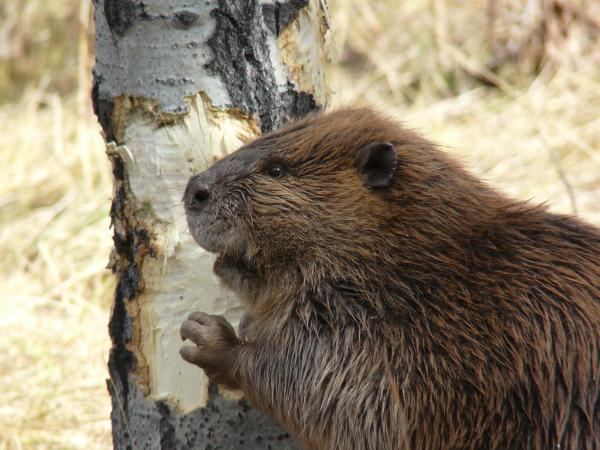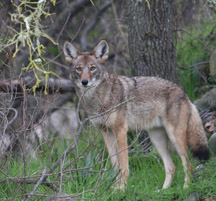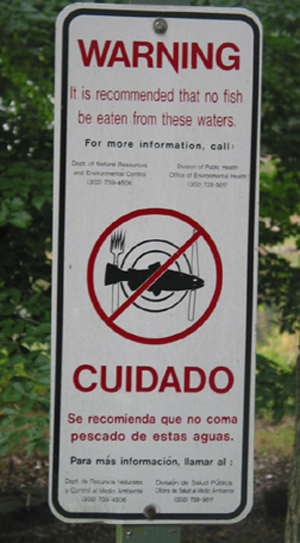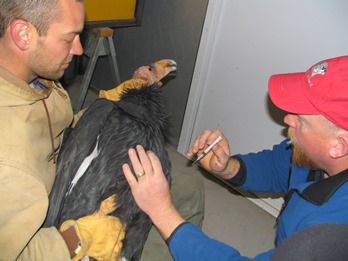 It’s been a good year for lead levels in condors in Arizona and Utah. While last year saw the second worst levels on record, this year saw the lowest level in a decade, says a press release from the Arizona Game and Fish Department.
It’s been a good year for lead levels in condors in Arizona and Utah. While last year saw the second worst levels on record, this year saw the lowest level in a decade, says a press release from the Arizona Game and Fish Department.
“The ups and downs of lead poisoning over the years demonstrate that any single season does not make a trend, but our test results are encouraging,” said Eddie Feltes, field manager for The Peregrine Fund’s condor project in the release. “If this ends up being the beginning of a trend, we hope it will continue.”
Arizona Game and Fish, as well as the Peregrine Fund, which also distributed the release, believe that voluntary lead ammunition measures in the two states has contributed to the lower lead levels in condors there. Another factor may be the unseasonably mild winter, the release says.
In an article in the Salt Lake City Tribune, Chris Parish, condor program coordinator for The Peregrine Fund is quoted as saying, “The half life of lead in blood is a very short period. That gives us a relatively good indication of where and when exposure may have happened.”
The Tribune article also says that 78 percent of hunters in condor country who were contacted were voluntarily using non-lead ammunition. In 2011 the number was 10 percent.
More details in the Arizona Game and Fish press release here. (Halfway down the page.)
The same press release is here on its own page at the Peregrine Fund website.
The Salt Lake City Tribune article is here.
Photo: Courtesy Arizona Game and Fish Department

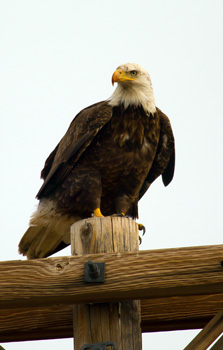 A Utah Division of Wildlife Resources press release
A Utah Division of Wildlife Resources press release  Western states are “feeling that climate change models are not a reason to list species under the Endangered Species Act,” said Bill Bates, wildlife section chief for the Utah Division of Wildlife Resources (DWR) in
Western states are “feeling that climate change models are not a reason to list species under the Endangered Species Act,” said Bill Bates, wildlife section chief for the Utah Division of Wildlife Resources (DWR) in 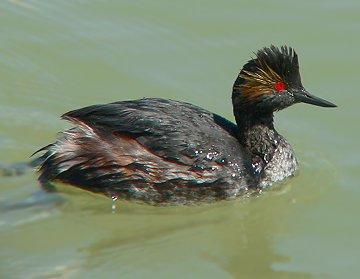 Some 5,000 eared grebes mistook pavement for water at the Dugway Proving Ground in Utah,
Some 5,000 eared grebes mistook pavement for water at the Dugway Proving Ground in Utah, 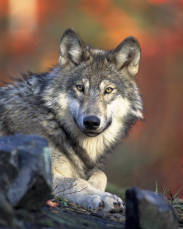
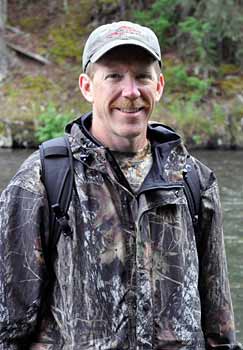 In Utah, Greg Sheehan has been named as the new director of the Division of Wildlife Resources, according to a recent press release from the division.
In Utah, Greg Sheehan has been named as the new director of the Division of Wildlife Resources, according to a recent press release from the division.